Strandlines by Nora Geist
Posted in 2020-2029, 21st Century, Architecture, churches, contemporary, Diary, Editorial blog posts, Memory, people, Places, Stories, Strands and tagged with Collage, Creative London, LGBT History Month UK, LGBT+ London, LGBTQ+ History Month, London, London photographer, London photography, memories, Personal stories, queer London, strand
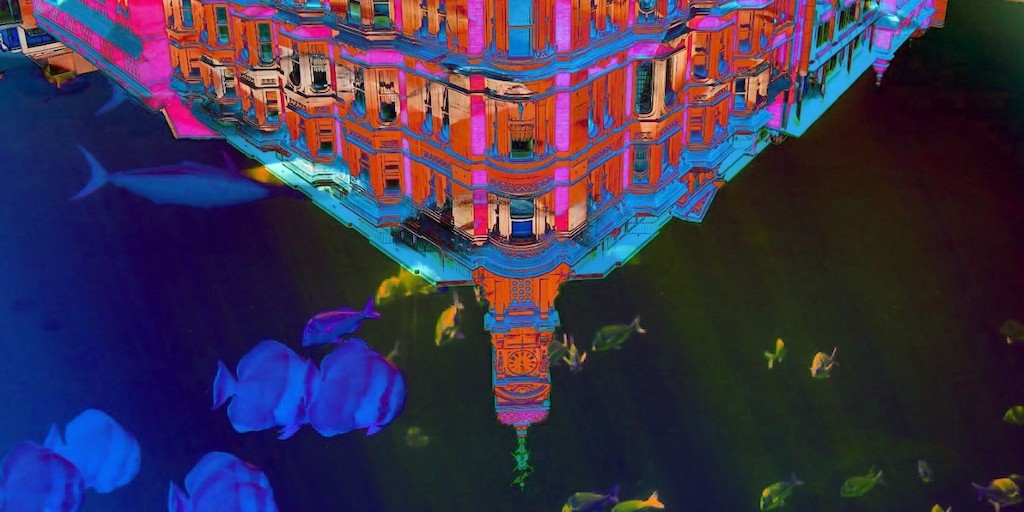
February is LGBTQ+ History Month in the UK! Strandlines invites contributions from all Strand-dwellers, visitors, and dreamers all year round, however, we launched a call this year for contributions to mark the History Month.
The post and photographs below were contributed by Nora Geist. Thank you, Nora, for sharing your own ‘strands’ with us!
We are always open for contributions – click here to find out more.
“I was born in Italy but moved to England when I was five. I graduated from the H-Farm International school in Treviso, Italy where I came out as lesbian at the age of 16. When I was at university, I encountered the work of Robert Mapplethorpe and Jan Saudek, and became interested in erotic photography in its various forms. After earning my first degree in psychology from the University of Paris, I enrolled in the Associazione Italiana di Psicoanalisi to qualify as a psychoanalyst. I then went on to earn a Ph.D. in psychoanalysis from the New School for Social Research in New York.
My erotic photography depicts the dialectic of force/power and desire/drive in human relations, particularly in cemented societal views of race, religion, class and sexuality. My other works centre on identity, architecture and nature. I work in black and white and in colour. In the case of the latter, I enhance my photos with richer hues, adjusting the lighting to create a sense of hyperreality: a vivid colour scheme similar to that often described by some patients suffering from certain types of schizophrenia. It is from architecture and identity that the attached works illustrating aspects of the Strand are rooted.
When not in lockdown, I practice Lacanian and object relations psychoanalysis in London and New York. I am married to Alessandra and we have two grown children.
The works below, and more photographs, may be found on my website: www.norageist.art.”

“Secondary strandline” (2020), c. Nora Geist.
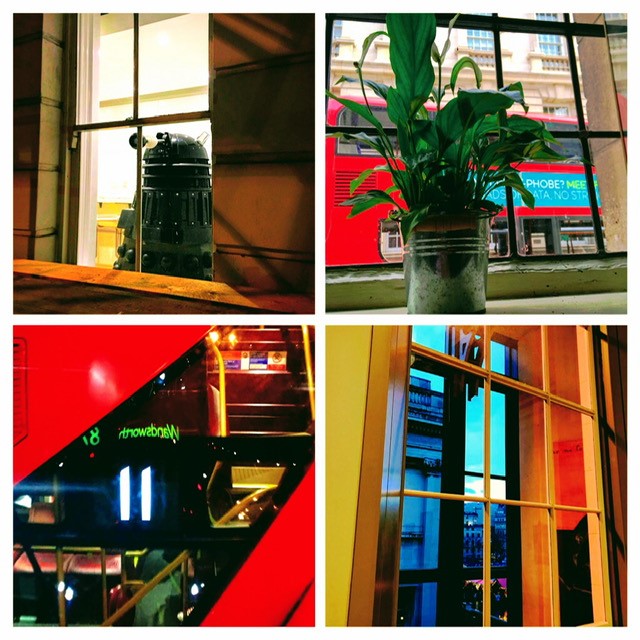
“Mirror on the door of the glass closet” (2018), c. Nora Geist
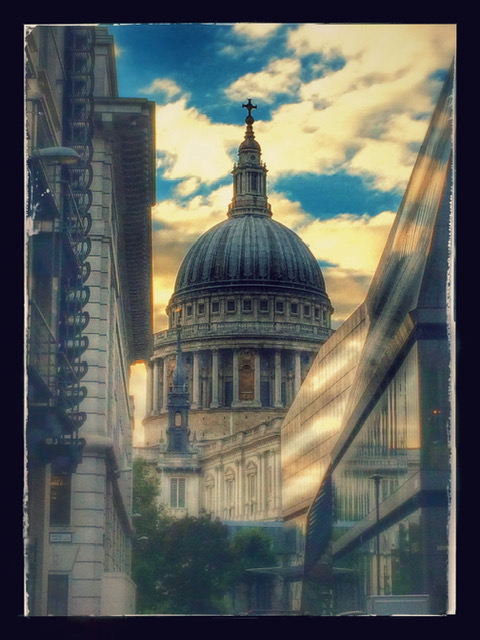
“Enduring” (2016), c. Nora Geist.
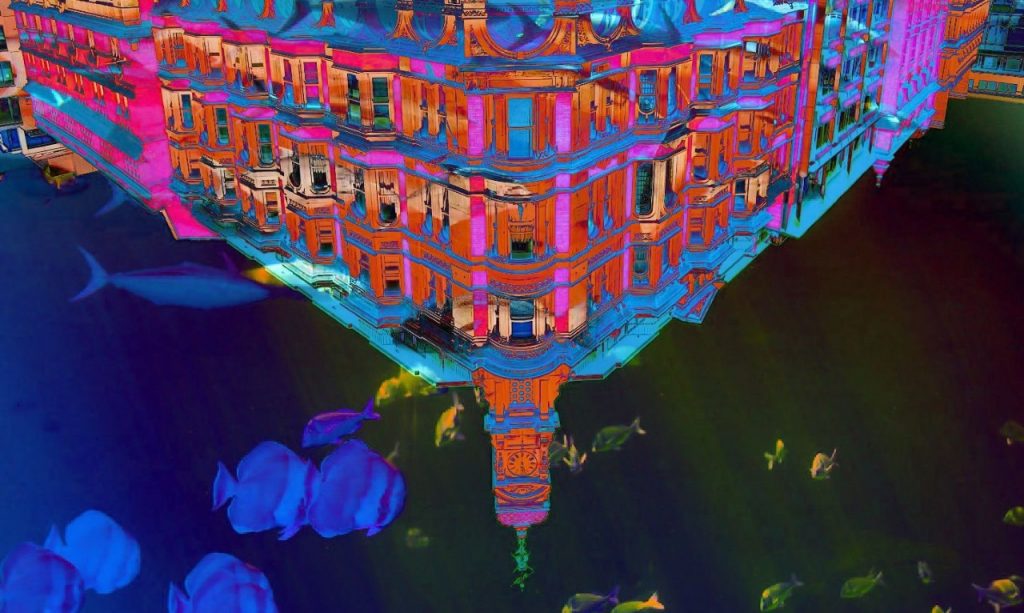
“Vanishing strandline” (2020), c. Nora Geist.
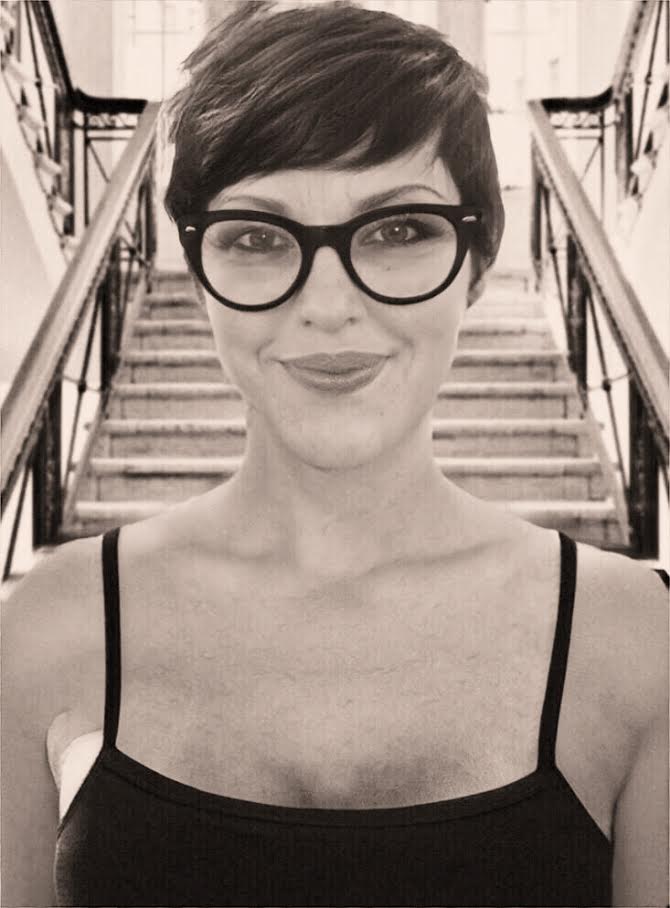
“The B___ has left the building” (2013), c. Nora Geist.
1.) “Secondary strandline” (2020)
This collage may be the aqueous corollary to “out of the frying pan and into the fire”. If we’re lucky we begin being welcomed, named and blessed with best wishes, sent off into the respectable banquet of life, down the road that leads from home into the intoxicated world where we are judged by the respectable, and, when found guilty, are flushed, put into the place they have prepared for us and washed out to sea where we are made squeaky clean.
2.) “Mirror on the door of the glass closet” (2018)
This collage features two ‘lovers’ in the top frames; one looking out and the other looking in. They never seem to be able to meet as they are other to each other and also to the world. They cannot arrive at a common point as desire is never one way. In the end only others are seen from a distance through a glass by the Other. Painful elements of someone who is LGBTQ+: lack of internal transparency through denial, alienation, prejudice, feeling transient, being told we are dangerous and harmful, feeling powerless and trapped.
3.) “Enduring” (2016)
Inspired by the photo of the cathedral dome lit up by the flash of the bombs during the blitz (whilst remaining intact). The cross and what it represents is enduring, not the dome. The dome—representing the Church—limits the power of the cross by putting it at the highest, most inaccessible point: seen yet unattainable. Perhaps when the cross is amongst all—even amidst rubble or the rabble—its true soteriological and creative power is unleashed. How many years has the power of life been denied to LGBTQ+ people as they have been made to feel and dwell outside the dome?
4.) “Vanishing strandline” (2020)
My nightmarish vision of rising sea levels in the near future and not only what is in store for London, but for the world. Our differences seem trifling in comparison to the cataclysm that awaits us, but in overcoming them, we will be able to work more efficiently and collaboratively to try to divert certain disasters; not only for us but for our children.
5.) “The B___ has left the building” (2013)
Taken in Bush House, former home of the BBC. Perhaps “B___” refers to the ‘BBC’ or ‘Babe’; in either case, this sister is coming out, never to return: the world is a much larger oyster than the network!

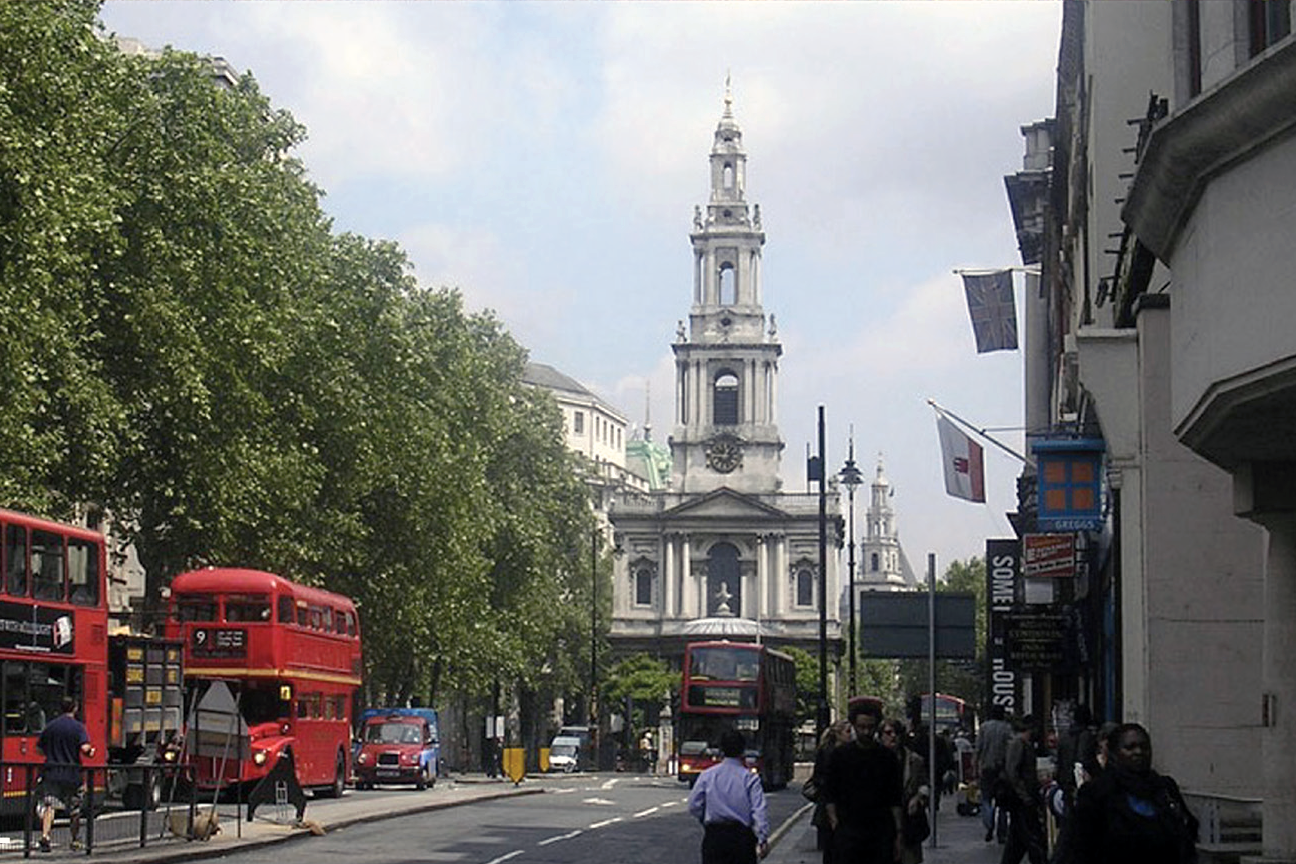
Nora, I love the selection of photos you’ve chosen to share! The rich hues, settings and various textures work so well together to tell a valuable story with which so many can identify. You can articulate the complexity of the human mind in a single facial expression wonderfully. I also appreciate your providing the hyperlink to your website: I am enjoying exploring the galleries and the massive collection of photos there, and I have signposted friends there as well as to “Strandlines”. I find your photography intellectually and visually provocative; it’s edgy and absolutely up-lifting.